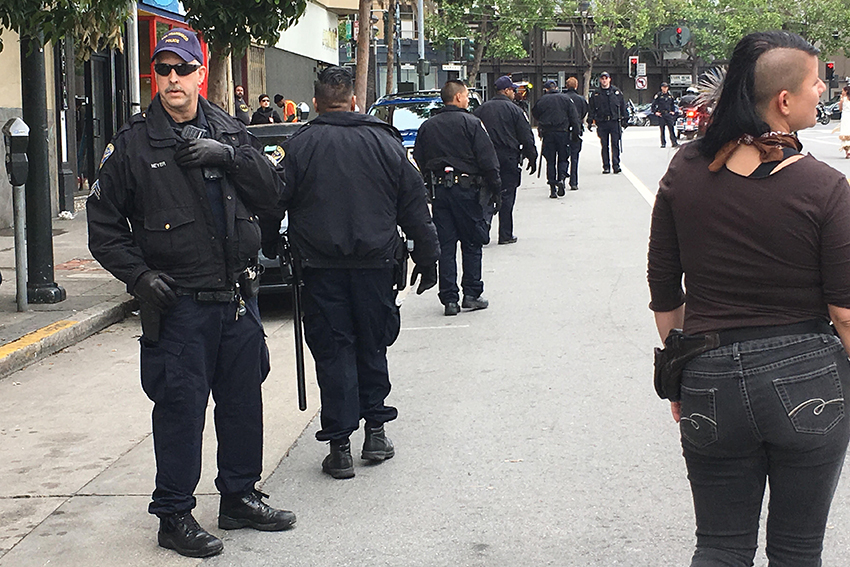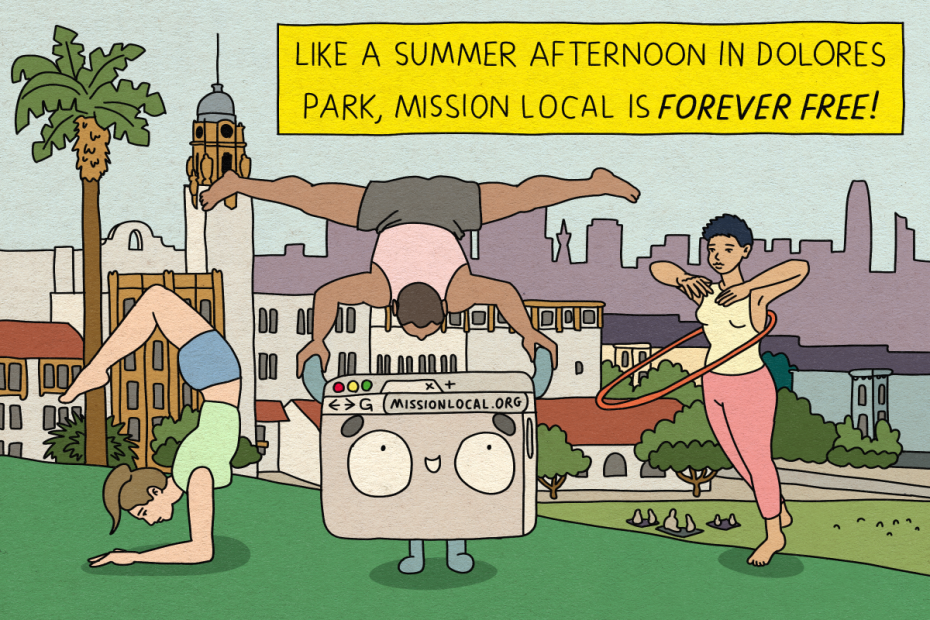San Francisco’s city charter mandates a minimum police staffing level of 1,971 officers. Why? Because we voted for it to be so in 1994.
But why 1,971 officers? The voter pamphlet in 1994 explains that’s what staffing levels were set to be, a decade prior to that.
So, because of what the department determined necessary in circa 1984 and voters set in stone in 1994, the San Francisco of 2020 is bound to maintain a set police staffing level (which it has not always managed to do).
Supervisor Norman Yee doesn’t see much sense in all this, and never has.
“Every time the staffing issue comes up, it’s a political ping-pong game,” he says. “To me, that’s not good government.”
The board president will today introduce a charter amendment mandating police staffing levels be set not via an artifact of the 1980s enshrined into law in the 1990s, but through an actual data-driven process.
Yee is hustling to beat the today’s deadline to introduce a charter amendment for November’s ballot, but this has been a years-long, methodical project for him. Objections from Yee and others over staffing levels they decried as arbitrary led to a police staffing task force, the hiring of an outside consultant, and a 298-page report on San Francisco Police Department staffing levels released earlier this year.
The supervisor says he’s received positive feedback from members of the Police Commission and Chief Bill Scott. Via a spokesman, Scott declined to comment to Mission Local. Our messages for Police Officers Association President Tony Montoya were not returned.
But vestiges of the police and their union may not object to Yee’s efforts because, reading through the report underlying his legislation, it calls for hiring more cops.


Matrix Consulting Group, the outfit chosen by the Police Commission in consultation with the city controller, meticulously went over the SFPD, branch by branch. Distilling hundreds of pages and countless hours of work into a few sentences, it calls for bumping the department’s tally of sworn officers from 1,911 to 2,176. It recommends augmenting the overall staffing, which includes civilians, from 2,333 to 2,668.
“When I first started this process, I told people I don’t know what the results will be and I’ll accept whatever they are,” Yee says. Regarding the Matrix study, “I feel this is a fair analysis.”
Yee’s legislation, however, does not mandate using this study, merely that the police department submit some manner of quantitative, district-by-district staffing analysis every two years to justify hiring requests. But this study is now here, if the SFPD wants to use it.
The Charter Amendment also calls for the Police Commission to increase the use of civilians in the police department — a longstanding goal that would allow sworn officers to be out on the streets, rather than behind desks.
In order to be placed on November’s ballot, Yee will require upvotes from no fewer than five of his 10 colleagues. “But,” he says with a laugh, “I want everybody.”
Update, 7:45 p.m.: POA President Tony Montoya wrote back to us, expressing strong distaste for Yee’s charter amendment, due to its elimination of minimum staffing requirements.
“The charter amendment eliminates any minimum requirement for officers. It does not mandate any staffing, no matter who wrote the report,” he emailed. “It does not require the city to hire a single officer if any study says it should. The matrix report can be implemented now, under the existing charter law. It hasn’t been. So why remove the minimum?”
If you read us often, please support our reporting. We depend on you.



“The charter amendment eliminates any minimum requirement for officers. It does not mandate any staffing, no matter who wrote the report,” he emailed. “It does not require the city to hire a single officer if any study says it should. The matrix report can be implemented now, under the existing charter law. It hasn’t been. So why remove the minimum?”
Campers,
So, why is no one counting the 200 or so cops at the airport?
We have twice the percentage of cops riding desks as LA.
Looks like they hire their ‘Lateral Transfers’ from Hell’s Angels.
There’s a ton wrong with this department.
Only way to fix it is to make Chief an elected position.
Even then, it will take a generation.
I’d vote for a reform candidate who agrees to cut the force
in half thru attrition and replace them with Patrol Specials
who are, incidentally, an older organization than SFPD and
tied directly to neighborhoods.
I’m betting the ‘Specials’ would end up being retired SFPD.
I’m glad I lived long enough to see crowds of a million or
more jamming Market Street from the Embarcadero to Castro
celebrating World Championships in Football and Baseball.
Go Giants!
h.
Go Giants!